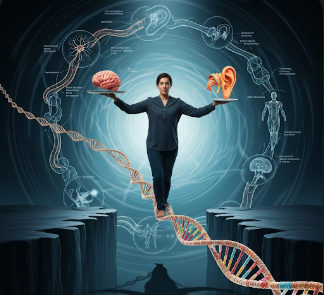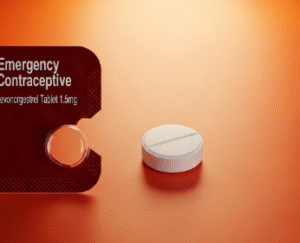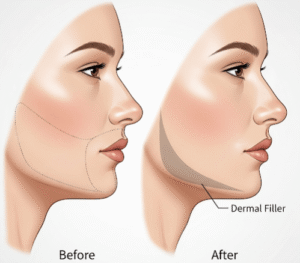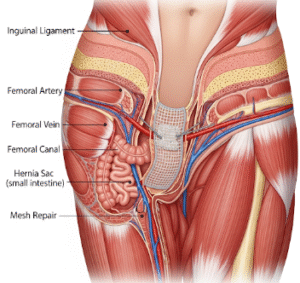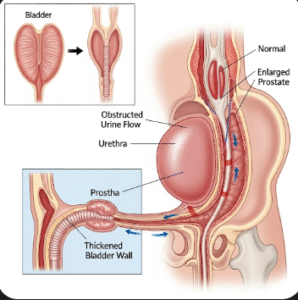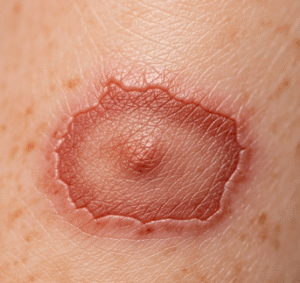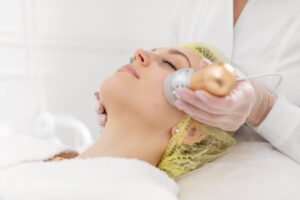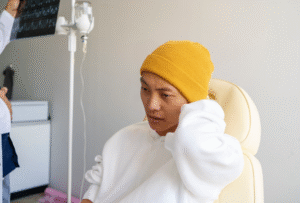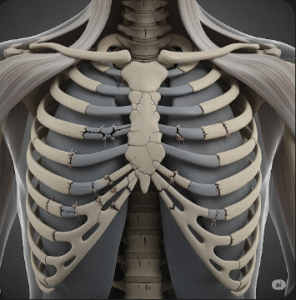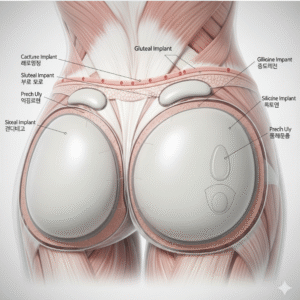Overview
Balance disorders refer to a group of conditions that affect a person’s ability to maintain proper posture, stability, and orientation while standing, walking, or moving. These disorders can result from problems in the inner ear, brain, nerves, or muscles that coordinate movement and spatial awareness. Balance disorders can significantly impact daily life, increasing the risk of falls, injuries, and decreased mobility. In Korea, specialized clinics and hospitals offer comprehensive diagnostic evaluations and advanced treatment options, combining medical, rehabilitative, and sometimes surgical approaches to help patients regain stability and prevent complications.
What is a Balance Disorder?
A balance disorder occurs when the body’s systems responsible for balance — including the inner ear, vision, muscles, joints, and brain — do not work together correctly. The inner ear contains structures like the vestibular system, which detects head movement and spatial orientation. When signals from these systems are disrupted, the brain may receive conflicting information, leading to dizziness, vertigo, unsteady gait, or a feeling of floating. Balance disorders can be temporary, recurrent, or chronic, and they affect people of all ages, though they are more common in older adults due to age-related changes in sensory systems.
Symptoms
Symptoms of balance disorders can vary widely depending on the underlying cause:
- Dizziness or lightheadedness
- Vertigo, a sensation of spinning or movement when stationary
- Unsteady gait or difficulty walking
- Frequent falls or near-falls
- Nausea or vomiting
- Blurred or double vision
- Feeling off-balance when standing or turning
- Fatigue due to constant compensatory effort to maintain stability
- Difficulty concentrating or performing daily tasks due to imbalance
Causes
Balance disorders can arise from numerous underlying conditions affecting different body systems:
- Inner ear disorders – such as benign paroxysmal positional vertigo (BPPV), labyrinthitis, or Meniere’s disease
- Neurological disorders – including stroke, Parkinson’s disease, multiple sclerosis, or peripheral neuropathy
- Musculoskeletal issues – such as arthritis, muscle weakness, or joint problems
- Medications – side effects from sedatives, antihypertensives, or antibiotics
- Cardiovascular problems – low blood pressure, heart arrhythmias, or reduced blood flow to the brain
- Metabolic disorders – such as diabetes or thyroid disease affecting nerve function
Risk Factors
Certain factors increase the likelihood of developing a balance disorder:
- Advanced age, due to degeneration of the vestibular system and decreased muscle strength
- History of head injury or trauma
- Chronic conditions affecting nerves, muscles, or joints
- Side effects from medications affecting blood pressure or the nervous system
- Family history of vestibular or neurological disorders
- Sedentary lifestyle leading to weakened muscles and reduced coordination
Complications
Balance disorders can lead to serious complications if left untreated:
- Increased risk of falls and fractures, especially in older adults
- Reduced mobility and independence
- Anxiety and fear of falling, which can limit social activities
- Secondary injuries from falls, such as hip fractures or head trauma
- Chronic fatigue and decreased quality of life
- Difficulty performing daily activities and occupational tasks
Prevention
Preventing balance disorders involves maintaining overall health, strengthening the vestibular system, and minimizing fall risks:
- Engage in regular physical activity to improve muscle strength and flexibility
- Practice balance exercises, such as tai chi or yoga
- Use assistive devices like canes or walkers if needed
- Maintain cardiovascular health and control chronic conditions such as diabetes or hypertension
- Avoid excessive alcohol consumption and manage medications that may affect balance
- Ensure home safety by removing tripping hazards and installing support rails
Treatment Options in Korea
1. Diagnosis
Korean hospitals provide precise and thorough diagnostic evaluations for balance disorders, including:
- Vestibular function tests – such as videonystagmography (VNG) and electronystagmography (ENG)
- Audiometry and hearing tests – to detect inner ear problems
- Imaging – MRI or CT scans to identify neurological or structural issues
- Blood tests – to check for metabolic or systemic conditions affecting balance
- Gait and posture analysis – performed by physical therapists for functional assessment
2. Medical Treatments
- Medications – to treat underlying causes such as inner ear inflammation, blood pressure irregularities, or neurological disorders
- Vestibular suppressants – temporarily reduce dizziness during acute episodes
- Diuretics or anti-nausea medications – for conditions like Meniere’s disease
3. Vestibular Rehabilitation Therapy (VRT)
In Korea, vestibular rehabilitation is a cornerstone treatment for chronic balance disorders:
- Exercises to improve coordination, strength, and balance
- Gaze stabilization exercises to reduce vertigo
- Walking and posture training to enhance mobility and safety
- Personalized programs based on the patient’s specific deficits
4. Surgical and Interventional Treatments
Surgery is considered for severe or refractory cases, including:
- Labyrinthectomy or vestibular nerve section for intractable vertigo
- Repair of structural inner ear abnormalities
- Neurological interventions for conditions like tumors affecting balance centers
5. Rehabilitation and Follow-Up
Korean clinics emphasize long-term rehabilitation to maintain stability and prevent recurrence:
- Regular follow-ups to monitor balance improvement
- Home exercise programs for continued vestibular and muscular training
- Education on fall prevention and lifestyle modifications
- Integration of occupational therapy to support daily activities
6. Medical Tourism for Balance Disorders in Korea
South Korea attracts international patients due to its advanced diagnostics, experienced neurologists and ENT specialists, and comprehensive rehabilitation programs. Benefits include:
- State-of-the-art vestibular testing and imaging
- Multidisciplinary treatment combining medical, physical, and surgical options
- Personalized care plans for each patient
- Access to high-quality rehabilitation centers for long-term balance recovery

